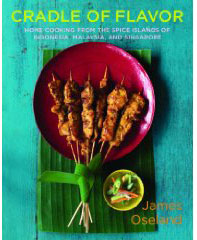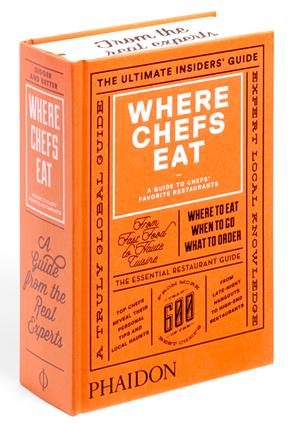 When my lovely daughter, Hillary was a Malibu pre-teen, I gave her what I thought was a total slam-dunk-she-is-going-to adore-it-Christmas present: A beanbag sofa in the shape of a large sneaker bought from the Neiman Marcus catalog. Fortunately, Neiman’s has always been gracious about returns, but my daughter still hesitates before she opens a gift from me. Bill and I on the other hand bask in the unexpected delights of her choices… though, how does one carry a 1000 page book (in small print yet) in a back pocket?
When my lovely daughter, Hillary was a Malibu pre-teen, I gave her what I thought was a total slam-dunk-she-is-going-to adore-it-Christmas present: A beanbag sofa in the shape of a large sneaker bought from the Neiman Marcus catalog. Fortunately, Neiman’s has always been gracious about returns, but my daughter still hesitates before she opens a gift from me. Bill and I on the other hand bask in the unexpected delights of her choices… though, how does one carry a 1000 page book (in small print yet) in a back pocket?
Please understand, this is not just your ordinary gift book; this is a bible - a primer from the Real Experts, and it is Where Chefs Eat: A Guide to Chefs' Favorite Restaurants (2015).
The cover is a visually busy almanac-styled side show tent chock full of promises: “Where to Eat, When to Go, What to Order, From more than 600 of the best chefs, From Fast Food to Haute Cuisine, A Truly Global Guide, Expert Local Knowledge. Forget the restaurant guides compiled by a panel of mysterious experts, this international guide is by the real insiders, over 600 of the world’s leading chefs. From Late-Night Hangouts to … (but we will never know as there is a big faux sticker saying … Brand New) If that is not enough to stuff this tome of tomes in one’s back pocket, try cruising the contents. Oh Boy, this beats the original Preppy Handbook for feeling in the know!
I mean, really, I know all the cool spots in Auckland, Shanghai, London, Berlin, Estonia, Latvia and The Russian Federation, Cyprus, Istanbul, West Hollywood and Tanzania – just to name a few. So, if you want to name drop where Daniel Boulud, David Chang or René Redzepi or Yotam Ottolenghi hang, then this book is for you… and you… and you. (OMG It even has maps!)

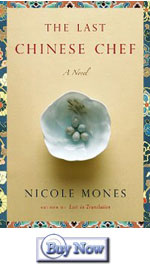
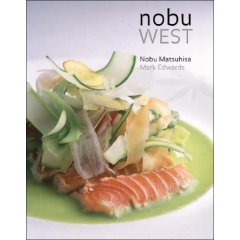
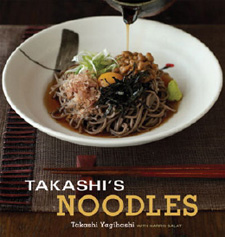 First up is
First up is 